Rome’s magnificent Trevi Fountain draws thousands of visitors daily, creating one of the most consistently crowded attractions in a city already packed with tourists. The baroque masterpiece completed in 1762 remains a must-see landmark despite the perpetual human congestion surrounding its 86-foot-wide basin.
Here is a list of 14 strategies that transform the chaotic crowds from frustration to fascinating aspects of your Trevi experience.
Arrive at Dawn
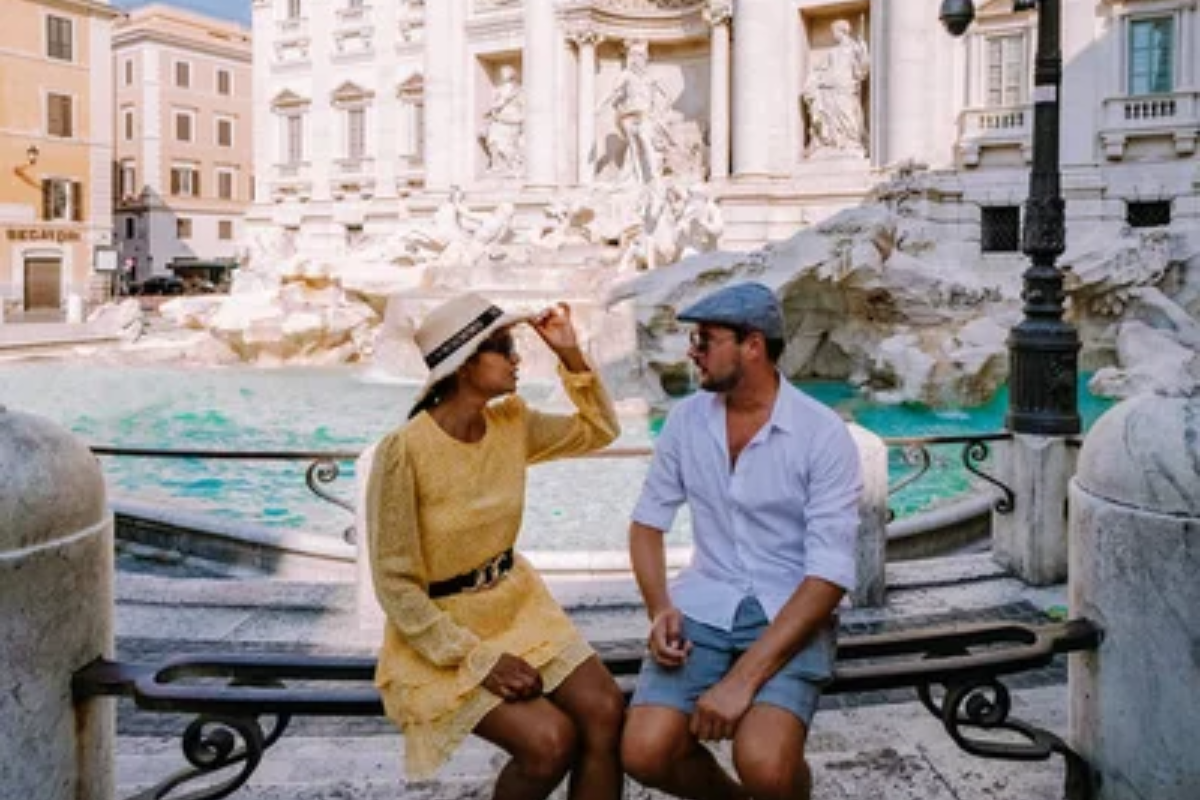
The magical hour just before sunrise offers a rare opportunity to experience the fountain with minimal company. Between 5:30 and 6:30 AM, particularly on weekdays, you might share the space with only a handful of photographers and dedicated travelers.
The early light creates a golden glow on the travertine stone as the city slowly awakens around you. The fountain’s intricate details become fully visible without bodies blocking your view, and the gentle sounds of cascading water dominate rather than tourist chatter.
Even the coins beneath the water shine more visibly without the midday sun creating surface glare.
Book a Museum Window Table

Several upper-floor restaurants and cafés overlook the fountain, offering elevated perspectives while enjoying refreshments away from the jostling below. Piccolo Buco directly faces the fountain, while Il Chianti Vineria provides angled views from comfortable indoor seating.
Reservations made weeks in advance secure prime window spots during peak times. The premium price for food that is often average becomes worthwhile for the unique vantage point above the swirling crowds.
These elevated positions reveal patterns in visitor behavior invisible from ground level, transforming the mass of people into a fascinating social spectacle.
Like Travel Pug’s content? Follow us on MSN.
Join a Specialized Photography Tour
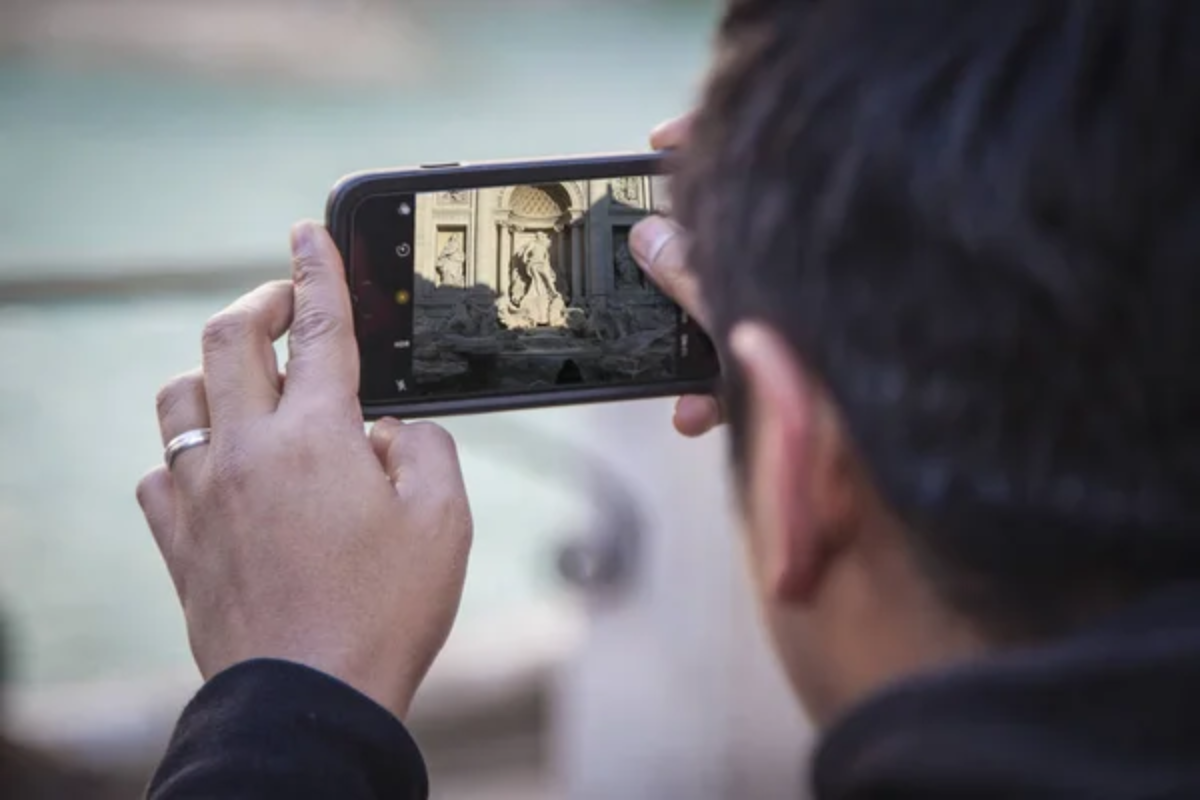
Professional photographers lead small groups to the fountain during optimal lighting conditions, teaching techniques for capturing unique angles despite the crowds. These experts know exactly where to position clients to create forced perspective shots that visually remove other tourists from your frame.
The technical challenges of night photography at this brilliantly lit monument become manageable with proper instruction. Many tours incorporate nearby less-visited fountains for comparative architectural photography, developing skills applicable throughout your Roman holiday.
The fountain’s dramatic lighting design, originally conceived to awe 18th-century viewers, creates particularly striking night images worth the technical effort.
Study the Sculptural Details
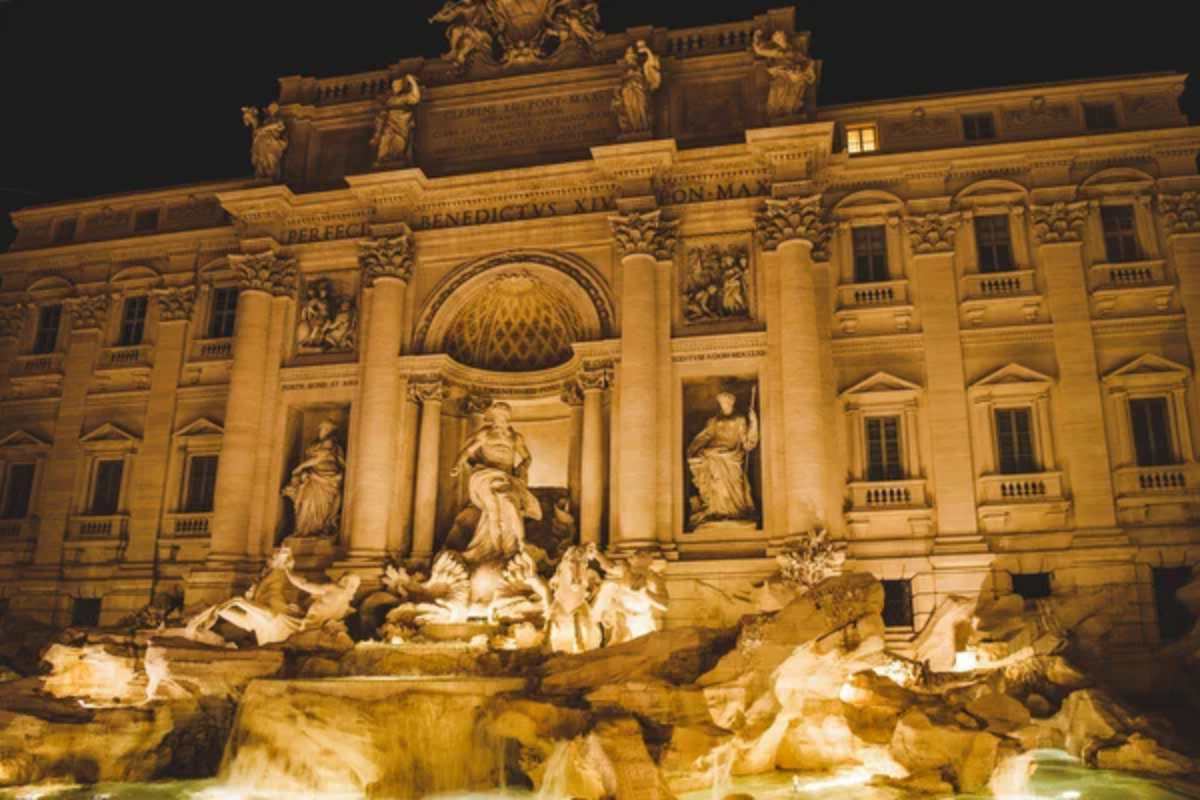
Most visitors focus exclusively on the central figure of the Ocean while missing the fountain’s incredible peripheral details. Bring compact binoculars to examine the intricately carved elements depicting more than 30 different plant species and the allegorical figures representing abundance and health.
The tritons guiding Oceanus’ shell chariot display remarkably different personalities when observed closely. Designer Nicola Salvi incorporated numerous symbolic elements that tell stories about water’s importance to civilization for viewers patient enough to decode them.
The crowds actually provide time to stand and study these easily overlooked artistic details while waiting for photo opportunities.
Track the Coin Collectors
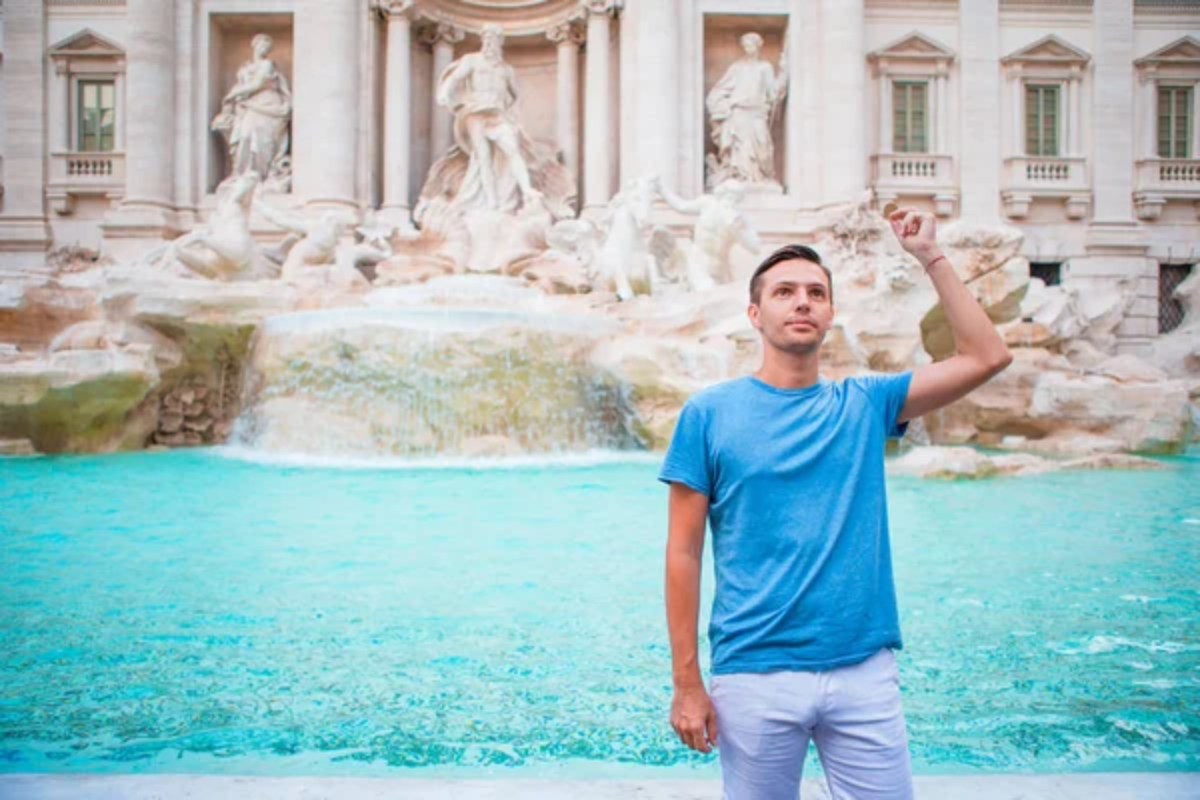
City workers collect approximately €3,000 daily from the fountain, with funds supporting Rome’s food banks and homeless services. These official collectors appear in waders several times daily, methodically harvesting coins while tourists photograph the unusual sight.
Their skilled movements through the basin demonstrate years of practice navigating the slippery marble surface. Particularly interesting are the specialized tools they’ve developed to reach coins wedged between rocks without damaging the historic structure.
Their presence reminds visitors that the tourist tradition directly benefits vulnerable Romans, connecting ancient superstition with modern charity.
Like Travel Pug’s content? Follow us on MSN.
Analyze the Water Engineering
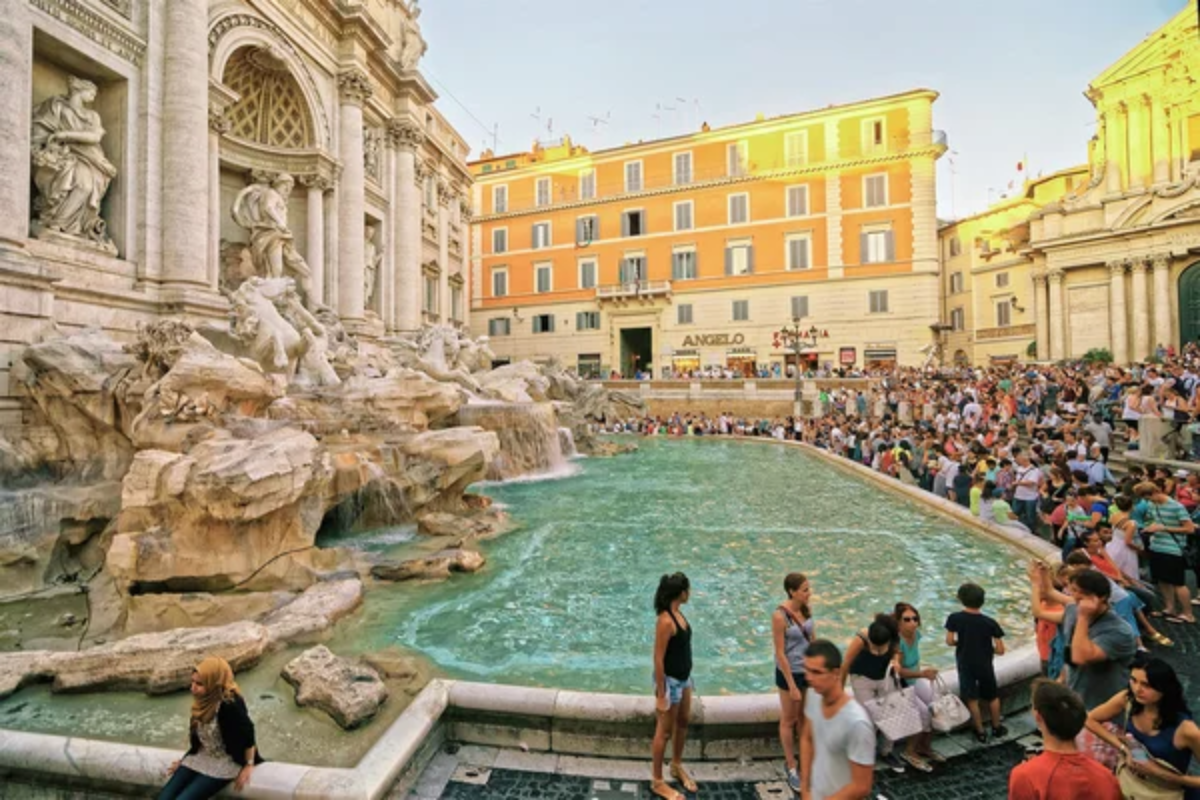
The fountain incorporates sophisticated hydraulic engineering that casual observers rarely appreciate. Notice how water cascades through different levels, creating varied sounds and effects before reaching the main pool.
The restored aqueduct feeding the fountain represents Roman engineering excellence spanning millennia, first constructed in 19 BCE. Water pressure calculations made without modern equipment somehow produce perfectly balanced flow across different fountain sections.
The periodic maintenance schedule becomes evident through close observation of water patterns, with subtle adjustments made regularly by technicians to preserve the original design intentions.
Create Time-Lapse Photography
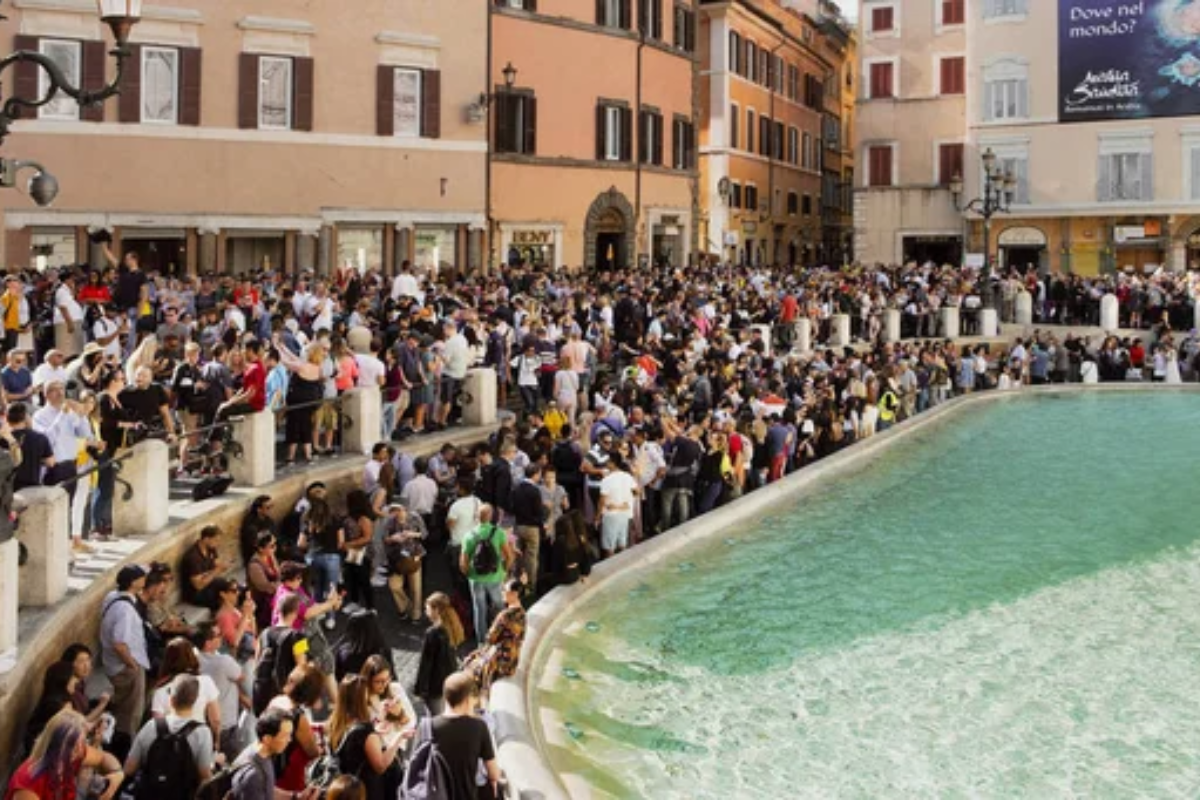
Set up a small tripod at a consistent vantage point and capture images at regular intervals over 30-60 minutes. The resulting time-lapse reveals fascinating crowd movement patterns resembling the flowing water itself.
Accelerated footage shows how people naturally cluster in certain areas while leaving others temporarily vacant. The continuous rotation of visitors creates a visual rhythm invisible in real-time.
This technique transforms potentially frustrating wait times into creative opportunities, producing unique souvenirs beyond standard snapshots. Modern smartphone apps simplify this process, making sophisticated time-lapse creation accessible to casual photographers.
Practice Street Photography
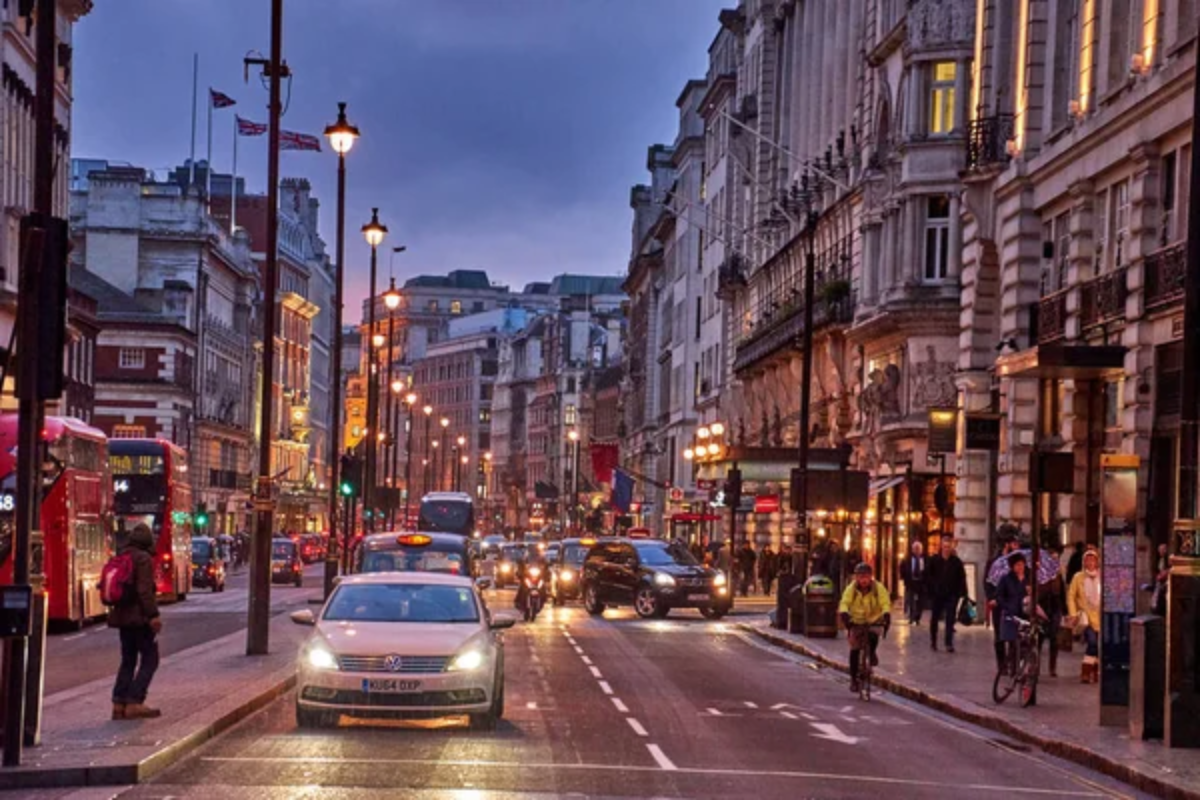
The diverse visitors gathered around the fountain provide exceptional subjects for discreet people photography. Capture authentic reactions as tourists first glimpse the monument, toss coins, or pose for selfies.
The emotional range displayed—from awestruck wonder to impatient frustration—tells a human story beyond architectural documentation. The fountain provides strong backlighting for dramatic silhouettes during the late afternoon.
The setting creates natural framing elements for compelling composition, even for amateur photographers. Respectful distance and avoiding flash photography maintain appropriate boundaries while documenting this shared cultural experience.
Like Travel Pug’s content? Follow us on MSN.
Enjoy the Street Performers
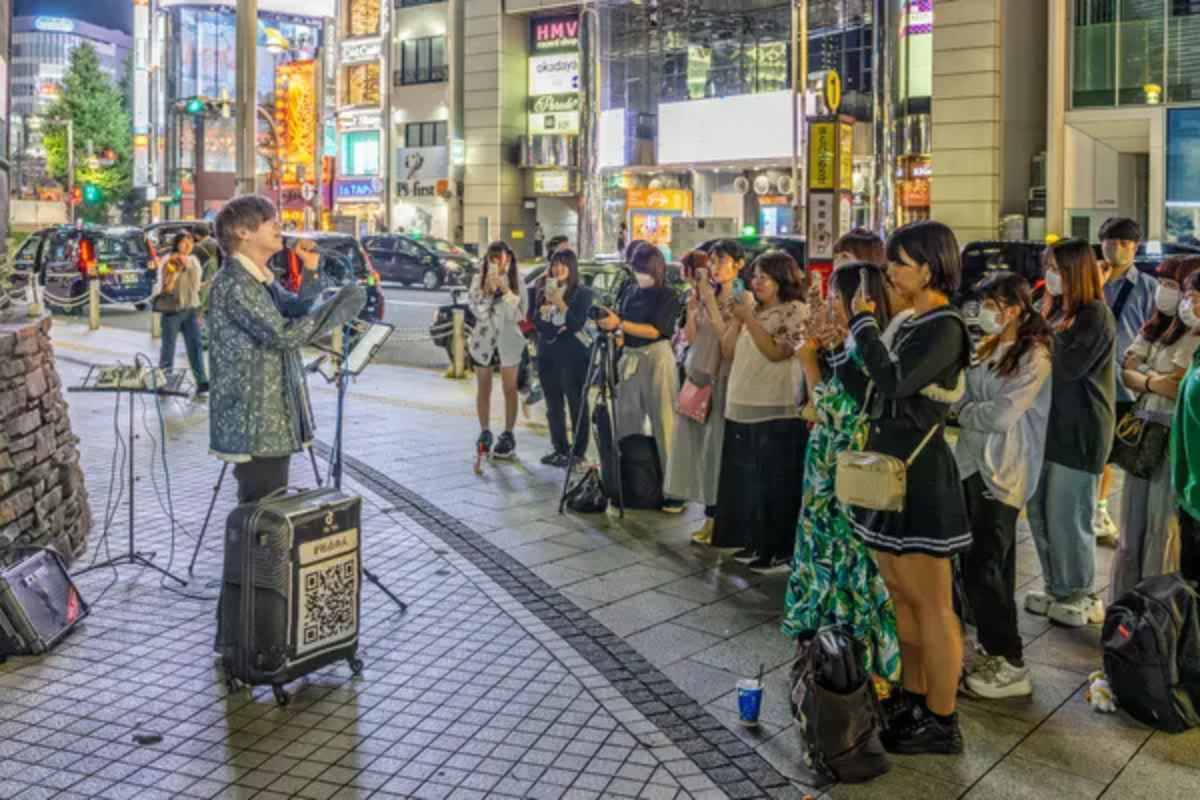
Talented musicians, living statues, and performers often position themselves strategically around the fountain’s perimeter. These artists have learned to utilize the acoustics of the small square, creating pleasant background soundtracks for your visit.
Their performances add cultural layers to the experience beyond visual appreciation of the fountain itself. Informal entertainment transforms waiting time into unexpected encounters with skilled performers from around the world.
Many performers demonstrate remarkable creativity, adapting their acts to complement rather than compete with the historic setting.
Study Architectural Influences
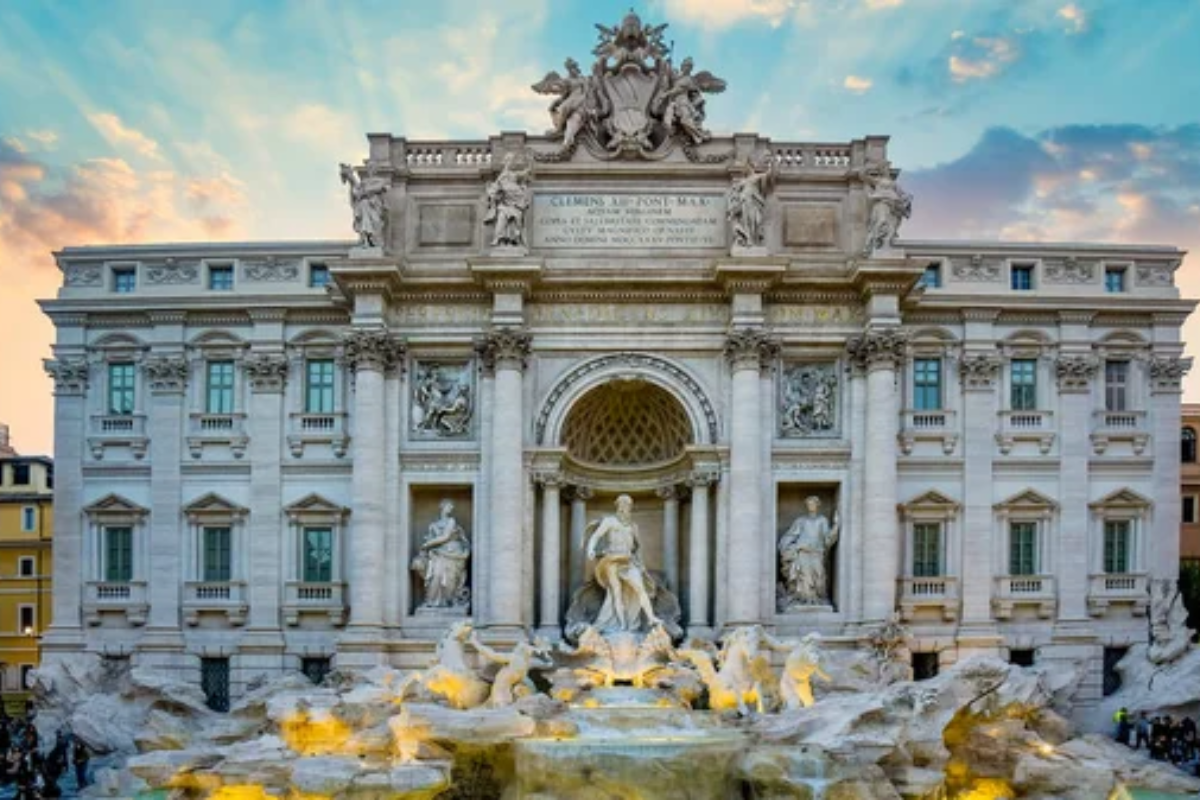
The fountain’s design draws from multiple architectural traditions worth identifying while waiting for crowds to thin in different sections. Baroque theatrical elements combine with classical temple structures and Renaissance proportions.
Designer Nicola Salvi incorporated numerous references to earlier Roman monuments, creating an architectural conversation across centuries. The palace backdrop deliberately integrates with the sculptural fountain, blurring boundaries between the building and the monument.
This intentional design choice represented innovative thinking when created, influencing countless public spaces that followed. The tremendous technical achievement becomes more apparent when considered within its historical context.
Listen to Audio Guides
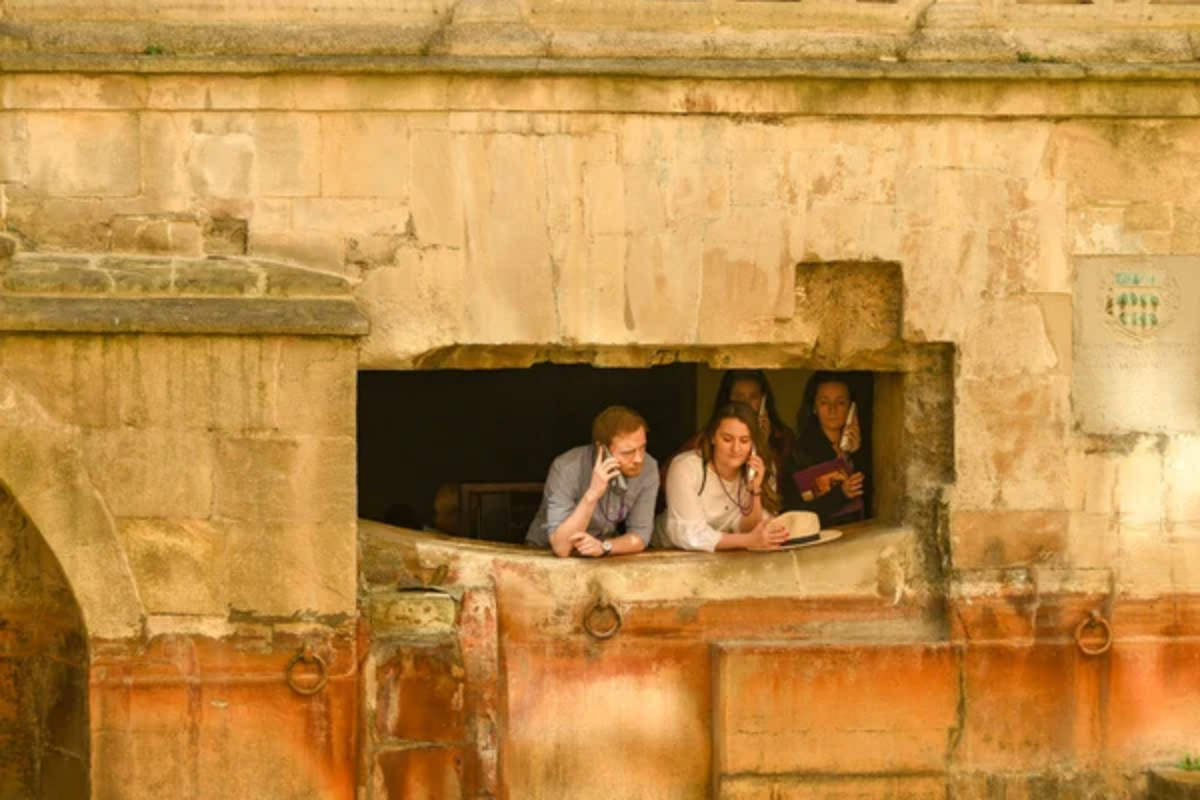
Several excellent audio tours explain the mythology, history, and artistic significance of the fountain while you observe from different angles. These guided experiences transform waiting time into educational opportunities without requiring visual focus on a guidebook.
The narration provides context for understanding symbolic elements that might otherwise remain mysterious. Learning how the fountain survived various threats throughout its history enhances appreciation for its continued existence.
The strategic pausing capability of personal audio guides allows matching information to specific viewable details despite unpredictable crowd movements.
Like Travel Pug’s content? Follow us on MSN.
Document Diverse Traditions
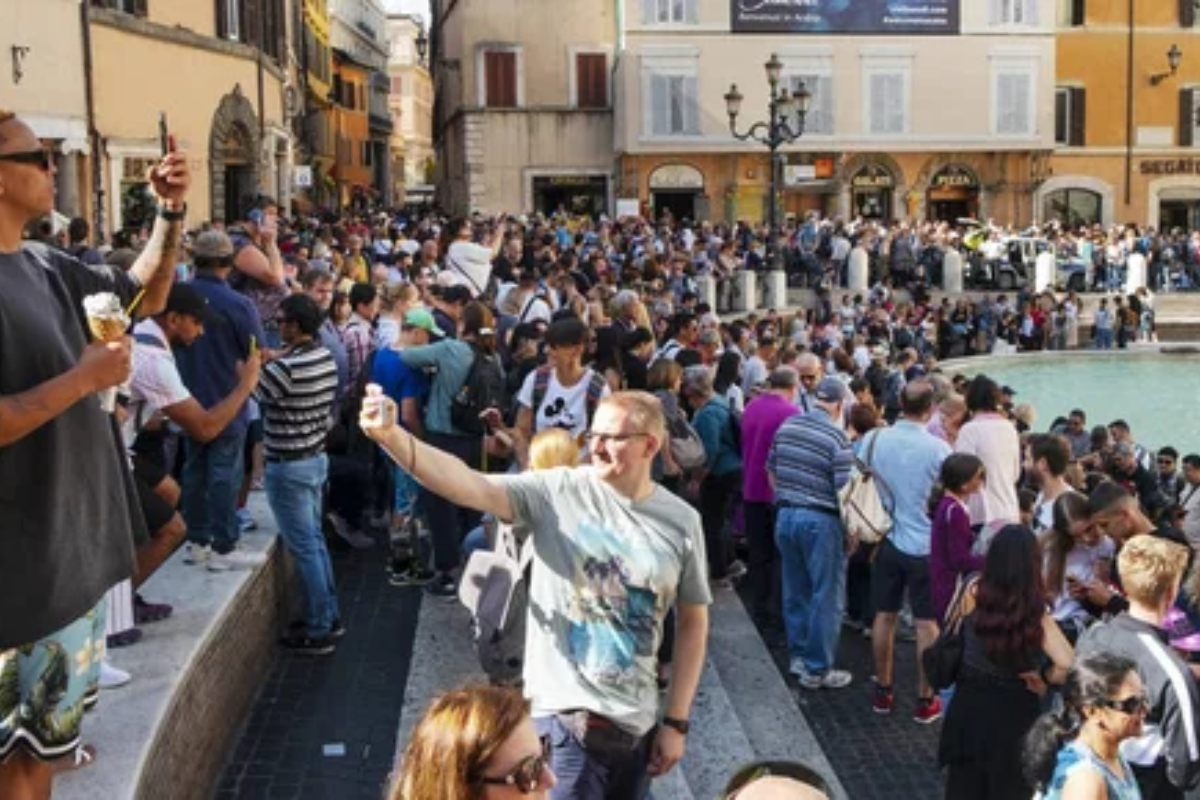
Visitors from across the globe bring distinct cultural approaches to experiencing the fountain. Some pose solemnly for formal portraits, while others create elaborate, choreographed group photos. Certain nationalities predominantly follow the coin-tossing tradition, while others focus on drinking the water from the small side fountain.
The varied cultural rituals observable within an hour demonstrate how a single monument accommodates multiple meaningful experiences simultaneously. These behavioral differences reflect deeper values regarding history, superstition, and appropriate interaction with historic sites.
The people-watching aspects potentially reveal more about contemporary global culture than the fountain communicates about baroque Rome.
Stay Past Midnight
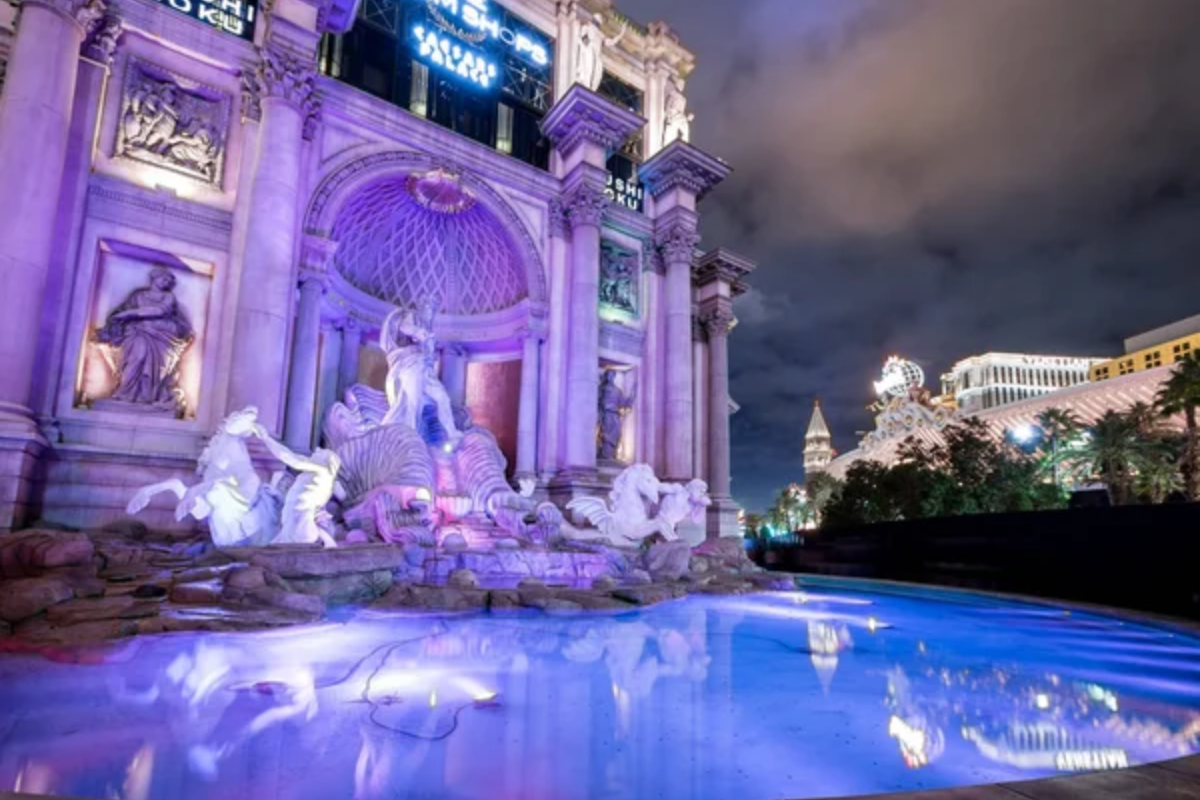
The fountain remains illuminated until late, with dramatically reduced crowds after dinner hours. Around midnight, the thinned audience creates opportunities for unobstructed views and quiet contemplation impossible earlier.
The night lighting design emphasizes different sculptural elements than daylight reveals, essentially presenting an alternative artistic experience. The surrounding buildings frame the illuminated water with impressive contrast once shops close their competing lights.
The reduced ambient noise allows proper appreciation of the water’s acoustic properties carefully engineered into the original design.
Sketch Rather Than Photograph
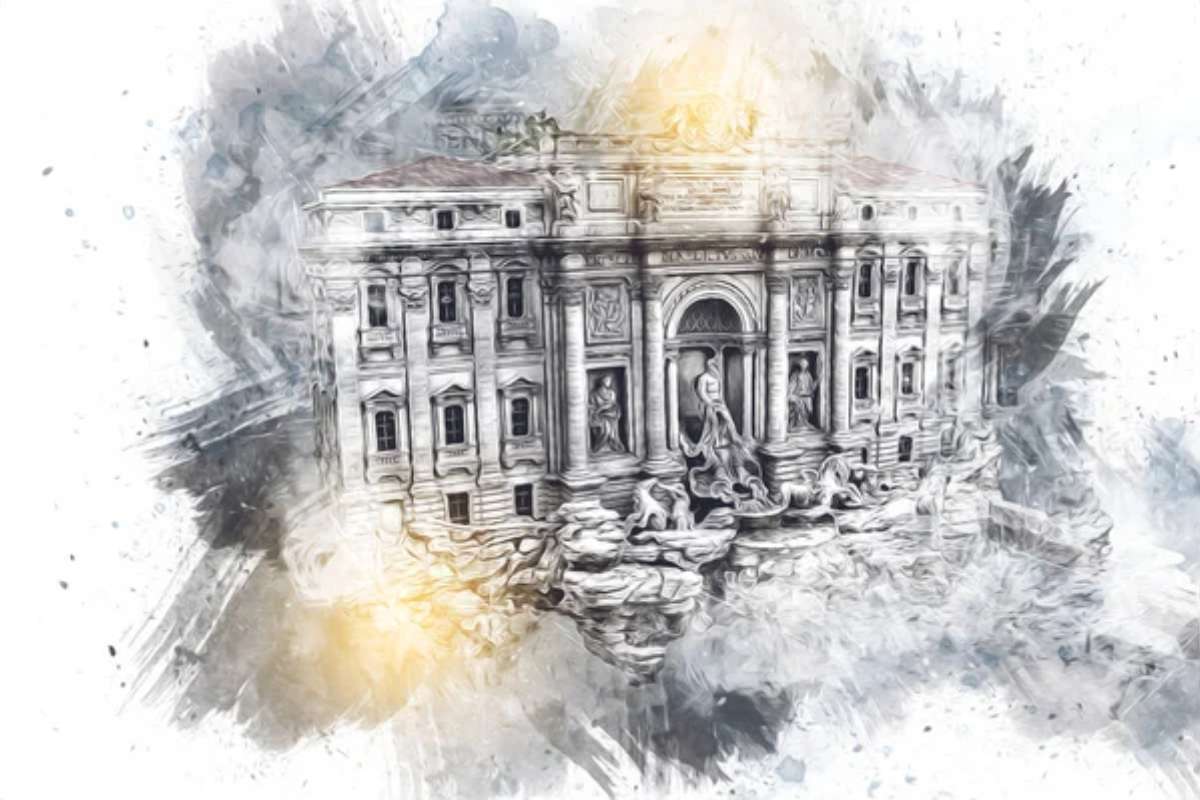
Bring a small sketchbook and spend time drawing elements of the fountain rather than fighting for photo positions. This slower observation method reveals architectural details easily missed when focusing solely on photography.
The drawing process naturally accommodates periodic crowd surges by pausing and resuming as views clear. Even rudimentary artistic skills produce more meaningful souvenirs than standard digital snapshots.
The centuries-old tradition of artists documenting Roman monuments connects modern visitors with the Grand Tour travelers who popularized the fountain before photography existed. The tactile experience of drawing creates stronger memory imprints than digital image collection.
Like Travel Pug’s content? Follow us on MSN.
Flowing Through History: Embracing the Trevi Experience
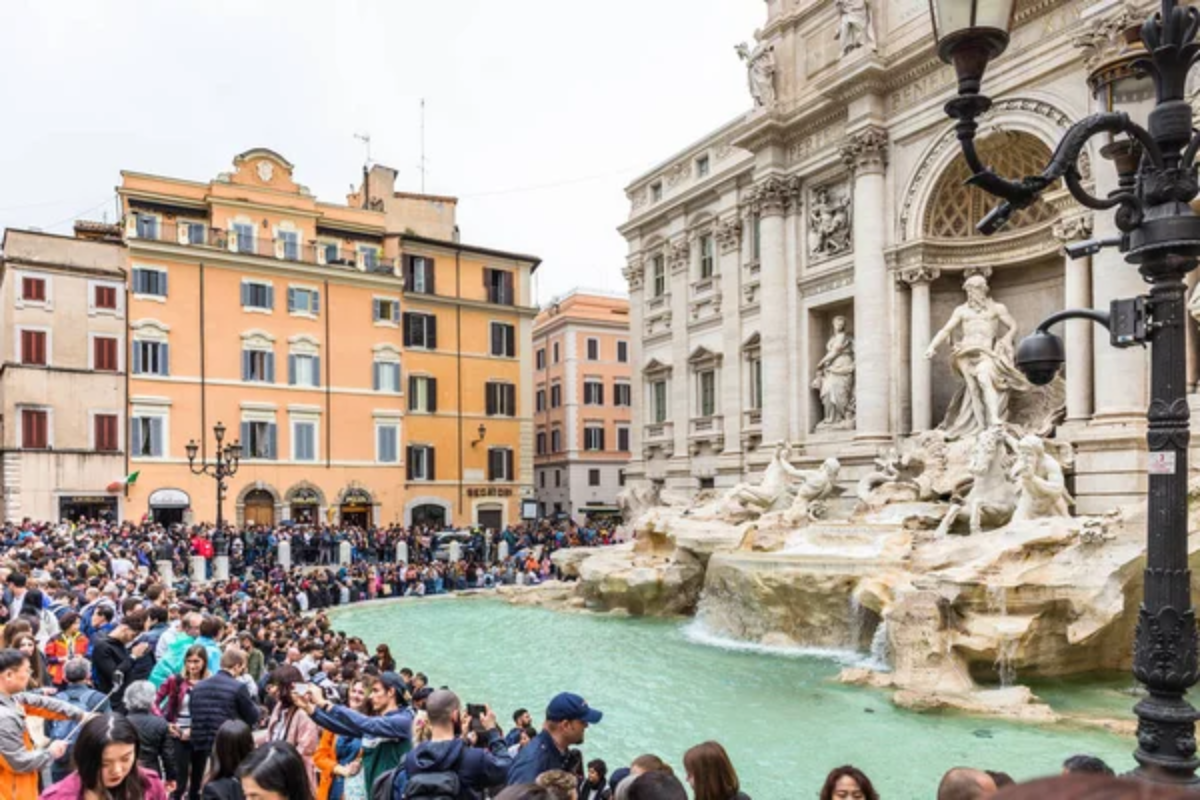
The crowds surrounding this baroque masterpiece have themselves become part of its modern identity—a living testament to humanity’s enduring appreciation for artistic achievement across centuries. By approaching the fountain with strategic timing, creative engagement techniques, and perspective shifts, the masses transform from obstacles to essential components of an authentic Roman experience.
The Trevi continues serving its original purpose: stopping people in their tracks with awe at human creativity and technical mastery, regardless of century or circumstance.
More from Travel Pug

- Cities Growing so Fast You Won’t Recognize Them in 10 Years
- 13 Destinations Where Tourists Regularly Regret Their Trip
- 20 Obscure WWII Sites Even History Buffs Don’t Know About
- 10 Under-the-Radar Mountain Towns That Are Both Affordable and Beautiful
- Remote Villages in Europe Where You Can Live for Free in Exchange for Work
Like Travel Pug’s content? Follow us on MSN.
